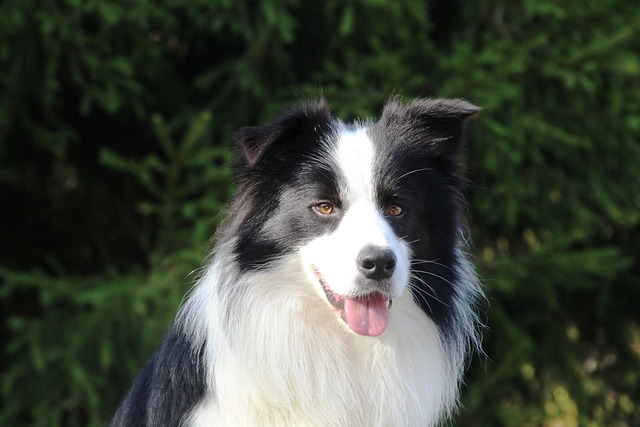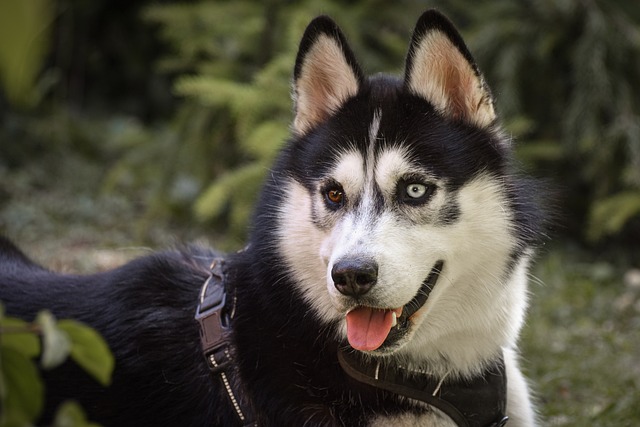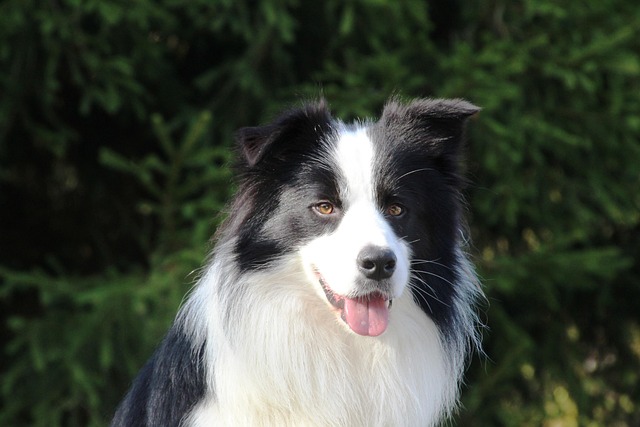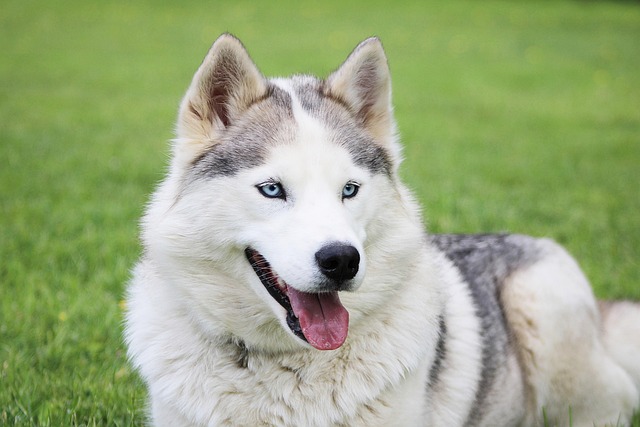Border collies thrive on mental stimulation, and teaching them to shake isn’t just a cute trick—it’s a great way to bond while keeping their sharp minds engaged. Start when they’re calm, maybe after a walk or play session, in a quiet space free from distractions like barking neighbors or a buzzing TV. Have their favorite treats ready—small, soft bits work best since you’ll be giving plenty, and avoid anything that might upset their stomach, especially if local regulations restrict certain ingredients.
Sit facing your collie, and gently take their paw in your hand. Keep the movement slow so you don’t startle them—these dogs are sensitive to sudden actions. As you lift their paw slightly, say “shake” in a clear, upbeat tone. The moment their paw touches your hand, even for a split second, reward them with a treat and lots of praise. Repeat this 5-10 times per session, stopping before they get bored—border collies lose interest quickly if a task feels repetitive.
 After a few sessions, try holding out your hand without guiding their paw first. If they hesitate, give a tiny nudge to remind them, then reward immediately when they respond. Once they start lifting their paw on command consistently, add a short pause before giving the treat—this teaches them to hold the shake briefly, making the trick more polished. Remember, patience is key; some collies catch on in a day, others take a week—never scold them for not getting it right, as negative reinforcement can make them afraid to try.
After a few sessions, try holding out your hand without guiding their paw first. If they hesitate, give a tiny nudge to remind them, then reward immediately when they respond. Once they start lifting their paw on command consistently, add a short pause before giving the treat—this teaches them to hold the shake briefly, making the trick more polished. Remember, patience is key; some collies catch on in a day, others take a week—never scold them for not getting it right, as negative reinforcement can make them afraid to try.
It’s important to align training with local laws, too. Many areas in Europe and North America require dogs to be under control in public spaces, and tricks like shake can actually help reinforce good behavior by keeping their focus on you. Always carry treats in a secure pouch when practicing outdoors, and avoid blocking sidewalks or disturbing others—being a responsible owner means respecting shared spaces. Also, check if your region has specific rules about training methods; some places discourage harsh techniques, which is good news because positive reinforcement works far better with this breed anyway.
As your collie masters the basics, mix it up to keep them challenged. Try asking for a shake before meals or before going outside—this turns training into a fun part of their daily routine. You can even switch hands to teach them to shake with either paw, which exercises their problem-solving skills. Watch for signs of overexcitement, though; if they start jumping or nipping, take a break to let them calm down—border collies have boundless energy, but short, focused sessions yield the best results.
By the end, you’ll have more than just a party trick—you’ll have a stronger connection with your collie, built on trust and mutual enjoyment. Plus, showing off their new skill at the park or in obedience classes is a great way to socialize them, which is crucial for their overall well-being.

 After a few sessions, try holding out your hand without guiding their paw first. If they hesitate, give a tiny nudge to remind them, then reward immediately when they respond. Once they start lifting their paw on command consistently, add a short pause before giving the treat—this teaches them to hold the shake briefly, making the trick more polished. Remember, patience is key; some collies catch on in a day, others take a week—never scold them for not getting it right, as negative reinforcement can make them afraid to try.
After a few sessions, try holding out your hand without guiding their paw first. If they hesitate, give a tiny nudge to remind them, then reward immediately when they respond. Once they start lifting their paw on command consistently, add a short pause before giving the treat—this teaches them to hold the shake briefly, making the trick more polished. Remember, patience is key; some collies catch on in a day, others take a week—never scold them for not getting it right, as negative reinforcement can make them afraid to try.



